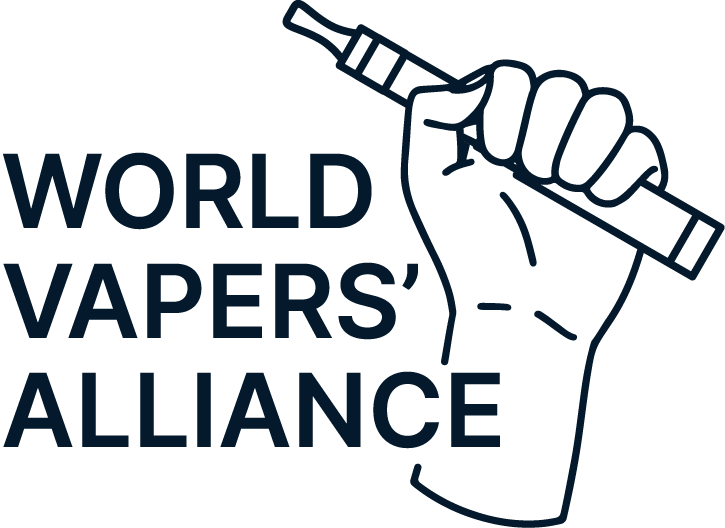In ganz Europa zählt Rauchen weiterhin zu den drängendsten Herausforderungen für die öffentliche Gesundheit, doch der EU-Ansatz zur Erreichung des Ziels einer rauchfreien Welt ist in Gefahr. Mit den derzeitigen Strategien zur Schadensminderung wird die EU ihr Ziel, die Raucherquote bis 2040 auf 51 % zu senken, voraussichtlich um ganze 60 Jahre verfehlen. In Ländern wie Deutschland liegt die Raucherquote immer noch bei rund 30 % und 15 % der Jugendlichen rauchen. Diese Daten legen nahe, dass die bestehenden Ansätze, insbesondere die strengen Maßnahmen gegen E-Zigaretten, nicht nur gescheitert sind, sondern die Situation sogar verschärfen könnten. Anstatt diese ineffektiven Maßnahmen zu überdenken, verschärfen einige EU-Politiker ihre Strategie noch weiter und schlagen sogar noch strengere Beschränkungen vor, darunter die Einschränkung des Zugangs zu weniger schädlichen Nikotinalternativen wie E-Zigaretten, Nikotinbeuteln und Tabakerhitzern. Dies ist eine besorgniserregende Strategie, insbesondere da sicherere Alternativen eingeschränkt werden, während herkömmliche Zigaretten weiterhin erhältlich sind.
Im Gegensatz dazu haben erfolgreiche Schadensminderungsmodelle in Schweden und Neuseeland durch einen völlig anderen Ansatz bedeutende Erfolge im Bereich der öffentlichen Gesundheit erzielt. Anstatt einfach Verbote zu verhängen, haben diese Länder Rauchern den Umstieg auf weniger schädliche Produkte wie Snus, E-Zigaretten und Nikotinbeutel ermöglicht. Schweden beispielsweise weist die niedrigsten Raucherquoten Europas auf und hat die Raten rauchbedingter Krankheiten, einschließlich Krebs, drastisch gesenkt. Durch die Förderung des Zugangs zu weniger schädlichen Alternativen hat Schweden bewiesen, dass Schadensminderung funktioniert und dass pragmatische, verbraucherfreundliche Maßnahmen der Schlüssel zur Raucherentwöhnung sind.
Neuseeland liefert ein weiteres überzeugendes Beispiel für wirksame Schadensminderung. In den letzten fünf Jahren konnte Neuseeland seine Raucherquote halbieren, vor allem durch die Fokussierung auf leicht zugängliche und regulierte Alternativen. Heute ist das Land auf dem besten Weg, als nächstes Land den Status eines rauchfreien Landes zu erreichen, mit weniger als 51 % rauchenden Erwachsenen. Neuseelands Erfolg beweist die Wirksamkeit verbraucherfreundlicher, regulierter und risikoreduzierter Nikotinprodukte, die schnellere und bessere Ergebnisse für die öffentliche Gesundheit erzielen. Indem Neuseeland wissenschaftlich fundierte, auf die Bedürfnisse von Rauchern zugeschnittene Maßnahmen priorisiert, hat es gezeigt, dass eine sinnvolle Regulierung sichererer Alternativen einen bedeutenden Wandel bewirken und die Raucherquote rasch senken kann.
Während die EU weiterhin mit ineffektiven Maßnahmen zu kämpfen hat, bieten die Erfahrungen Schwedens und Neuseelands einen überzeugenden Wegweiser. Anstatt sicherere Alternativen einzuschränken, sollten sich die politischen Entscheidungsträger der EU auf evidenzbasierte Schadensminderung konzentrieren. Ein regulierter Rahmen, der zwischen Rauchen und sichereren Alternativen unterscheidet, könnte der EU helfen, echte Fortschritte hin zu einer gesünderen, rauchfreien Zukunft zu erzielen.







